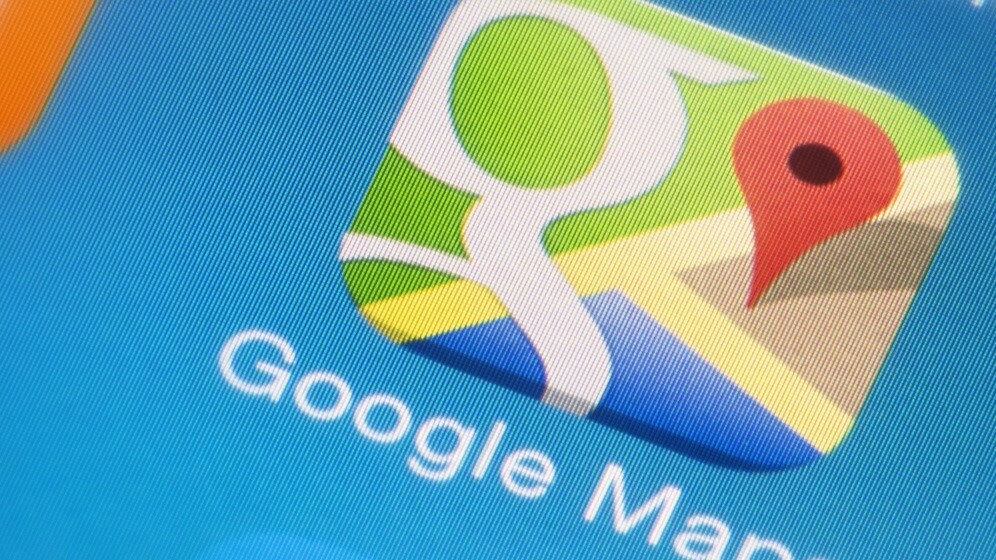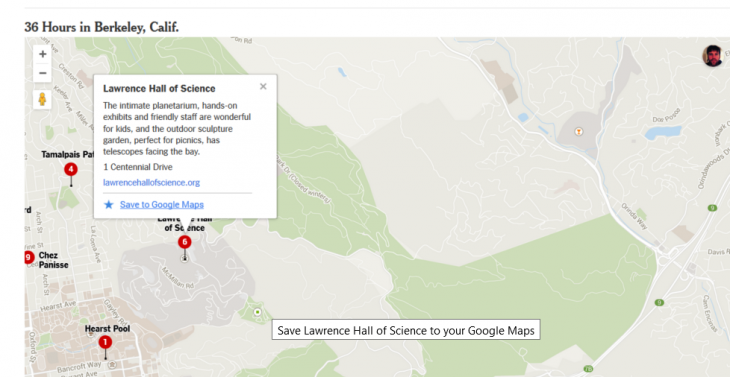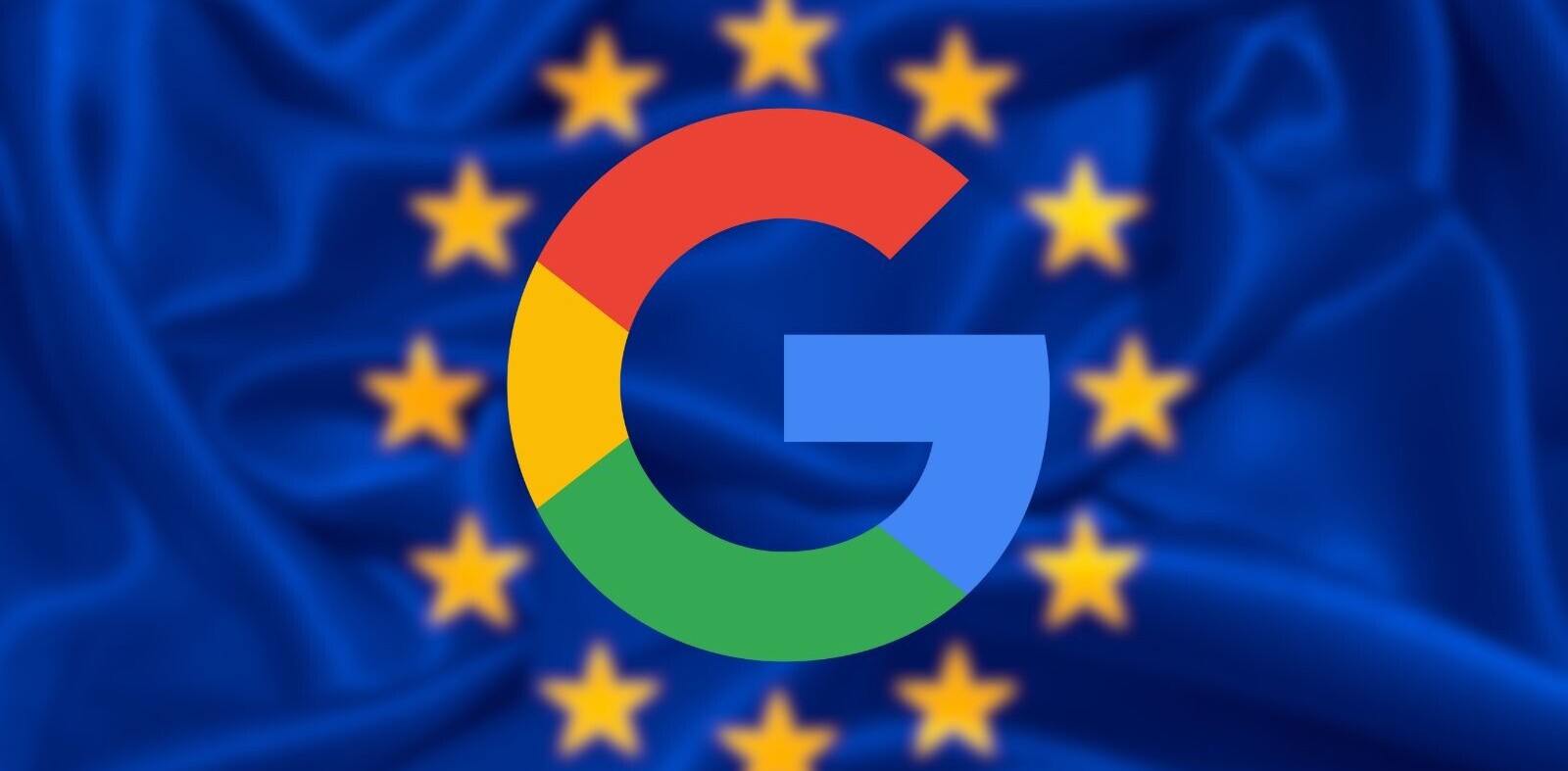
While Google Maps is a massively useful service in its own right, the fact that Google makes the platform available for third-party developers to integrate in their own applications is what gives it true scale.
However, thus far, developers haven’t been able to connect their users into the broader Maps ecosystem via their Google account – something that’s about to change.
Much in the same way as you can sign in to Google Maps on the Web and through its own mobile apps, Google has revealed that it’s making moves to ensure that “no map is an island” elsewhere on the internet, with a new connected ‘signed-in’ JavaScript Maps API.
This means that if you open a site that uses Google Maps, developers can let you sign in and access all the data that’s normally associated with your account through Google’s own portal. This could be your house or work location for easy navigation, or all your other saved places.
You can actually see this feature in action over on The New York Times’ 36 Hours travel column, where your account will show up at the top-right corner.

If you see your profile icon in the top right of a map, it means you’re already signed in to Google on that machine and you will automatically be able to access your saved places. You can of course sign out if you wish. And if you see a blue Sign in button, well, you’ll have to click to sign in.
‘Attributed save’
There’s the new ‘attributed save’ feature, which means that if a user is signed-in, they can save searches back to their Google account from within an embed (if the developer has enabled this).

These are very powerful additions to developers’ armory, and have many use-cases. An estate agent could let users sign in to Google Maps on their site so they can easily see where a potential house is in relation to their current abode.
Alternatively, a user could save a restaurant’s location to Google Maps from a review site such as Zagat.


This brings significant context to embedded maps, and enables far more functionality for startups, developers and anyone who relies on the Google Maps API.
The new enable sign-in JavaScript Maps API and attributed save are open for developers now.
Get the TNW newsletter
Get the most important tech news in your inbox each week.




